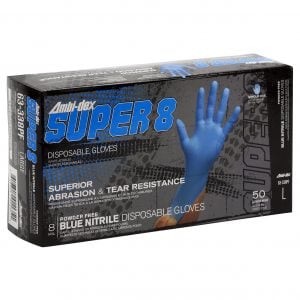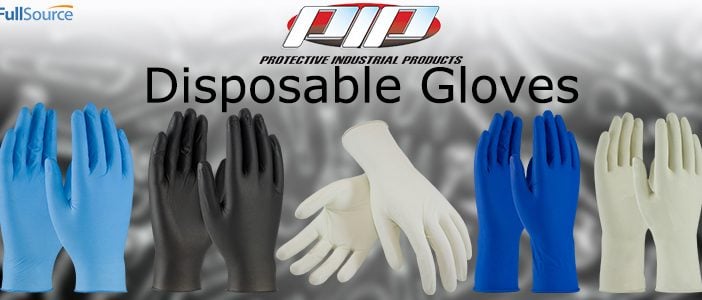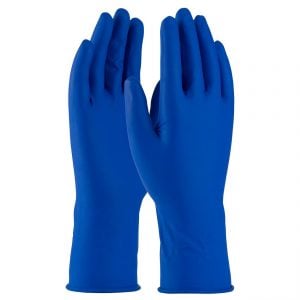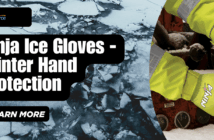Choosing the right disposable glove can make a world of difference. When it comes to PIP disposable gloves, you’ll have more than enough choices at your disposal. PIP’s Ambi-dex line of gloves provide a variety of polymers in powder and powder-free options.These options of disposable gloves can seem somewhat confusing. We’ll be discussing glove material, thickness and coatings.
Types of Material for PIP Disposable Gloves
PIP disposable gloves have several types of materials (or polymers) they use. Those materials are nitrile, vinyl, latex and polyethylene. Even though they’re similar, the material can play a big part in its use. First off is nitrile which is a strong material. It is usually more chemical and puncture resistant when compared to other gloves. Next, vinyl is going to be the cheaper option. This type is much looser than latex or nitrile, for greater comfort. Latex is a biodegradable product made from rubber. It’s also very elastic and fits snug, excellent for extended use. But can cause people to have an allergic reaction; if allergic to latex. Last but not least, is the polyethylene (poly) material for disposable gloves. Polyethylene can be very lightweight and breathable. This choice is the lower cost option for liquid protection.
To Powder or Not to Powder?
Next is the topic of powdered versus powder free disposable gloves. Powdered – dusted with dry lubricants can make taking gloves off (or putting on) easier. But it can leave traces on certain surfaces, like paint bonding in manufacturing. That’s why they’re banned in medical applications. Then for powder-free gloves, they undergo a process of chlorination. It makes it so that the gloves leave no residue traces. One possible downside is that they can become harder to take off. Many times the choice is a matter of preference.
 Why does Mil Matter?
Why does Mil Matter?
“Mil” is a unit of thickness equal to one thousandth of an inch. PIP disposable gloves are going to range from 1 to 13 Mil. 1 to 6 Mil is often used for food preparation, industrial applications, and cleaning. The higher grade of thickness offers more protection. A 13 Mil glove (like 62-327 Ambi-Thix) has exceptional tear and snag resistance. It’s used by first responder EMS or in heavy duty industrial applications.
What’s the Right Glove?
So, what’s the best disposable glove for you? It depends on the work at hand. Does work involve food handling or need FDA requirements? Then use a food grade glove, powdered or not. A medical grade nitrile glove can stop you from being stuck by a needle. For basic cleaning, a thin Mil poly glove will do fine. All of these gloves are sold by the box, so that you keep everyone stocked. PIP’s Ambi-dex line of gloves also have a plenty of sizes from XS to 3XL, for many of their options. Colors range from white/clear, black, green, blue and more. If you’re interested in more than just disposable gloves, PIP gloves come in string knit, cotton, performance, leather, ect. No matter the need, PIP disposable gloves have got your hands covered.





